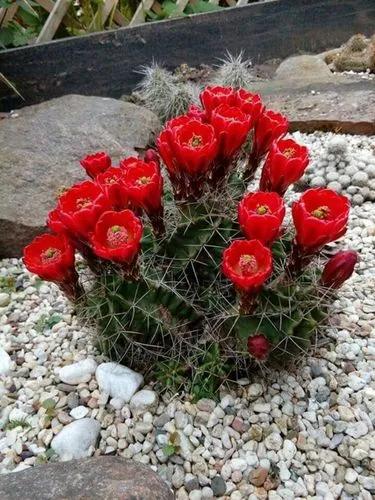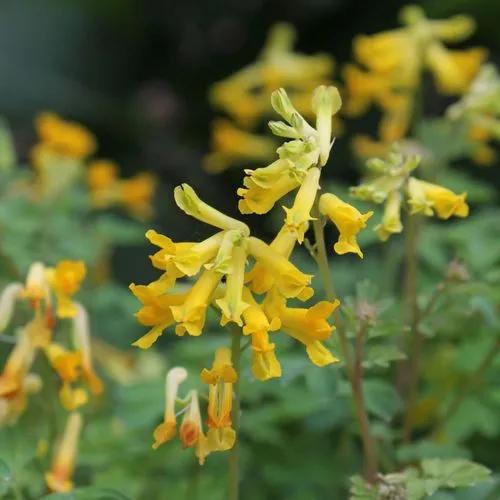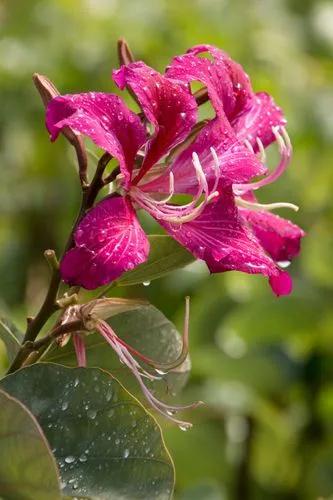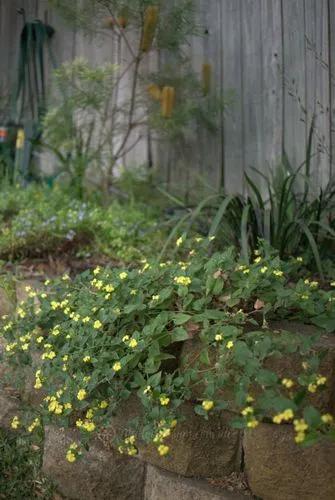Sweet William is a charming herbaceous plant that will delight you with attractive bright flowers and decorate your home garden.
Sweet William Care
Dianthus barbatus



This short-lived, perennial, or biennial plant is also known as Bunch Pink, Bearded Pink, or Pinks. It can be found in European countries as a native area and represents the Caryophyllaceae family. It can grow up to 2 feet (60 cm) tall and 1 foot (30 cm) wide. It blooms with beautiful red, pink, or white flowers, its main identification feature.
How to Care for the Plant

Container

You can grow these pretty flowers outdoors and indoors in spacious pots with drainage holes. These plants usually grow quickly and do not like crowding. The material of the containers does not matter. When growing indoors, follow the same care tips as in outdoor growing.

Fun fact

Sweet William is toxic to humans and pets, so be careful not to allow children or pets to consume this plant. The toxic irritant is still unknown, but it can cause serious gastrointestinal distress when ingested.

Popularity

10,638 people already have this plant 1,604 people have added this plant to their wishlists
Discover more plants with the list below
Popular articles






